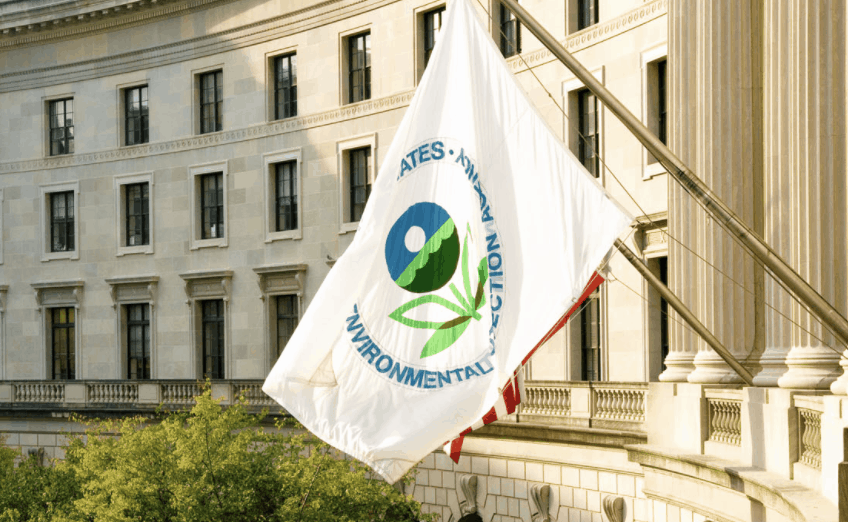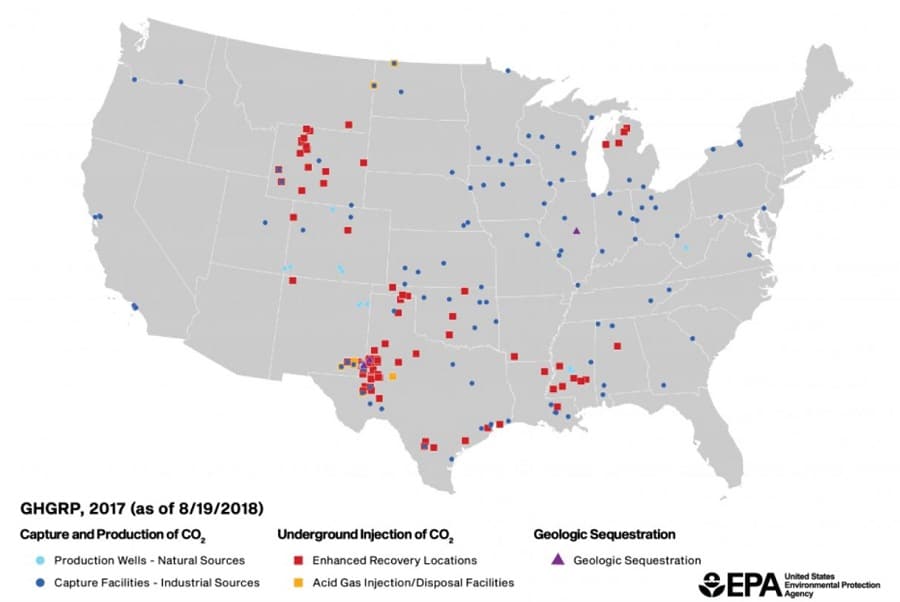Carbon Capture and Storage Not ‘Best System’ to Reduce Emissions

 The U.S. Environmental Protection Agency yesterday held an all-day “listening session” at its Washington, D.C. headquarters on its proposal to revise the Obama administration’s new source performance standards (NSPS) for carbon dioxide emissions from coal-fired power plants. Each member of the public was given five minutes to speak. What follows is the text on which I based my remarks.
The U.S. Environmental Protection Agency yesterday held an all-day “listening session” at its Washington, D.C. headquarters on its proposal to revise the Obama administration’s new source performance standards (NSPS) for carbon dioxide emissions from coal-fired power plants. Each member of the public was given five minutes to speak. What follows is the text on which I based my remarks.
I am Marlo Lewis, a senior fellow in energy and environmental policy at the Competitive Enterprise Institute. Thank you for giving me the opportunity to speak today.
I want to make three quick points about EPA’s proposed revision of its new source performance standards for coal-fired power plants.
First, bravo. As EPA argues, partial carbon capture and storage is both too costly and too geographically limited to qualify as an adequately demonstrated best system of emission reduction.
Absent subsidies, few if any utilities will invest in new coal generation with carbon capture and storage. Carbon capture and storage adds significantly to both the capital and operating costs of new coal power plants, and the levelized cost of new conventional coal generation already exceeds that of natural gas combined cycle generation.
Consequently, the Obama EPA’s so-called Carbon Pollution Standards rule is a de facto ban on investment in new coal generation. That is a policy Congress never authorized and would reject if put to a vote. EPA’s proposal will repair a breach in the separation of powers and help keep energy affordable for American consumers.
My second point is that EPA’s review of D.C. Circuit Court of Appeals case law should include additional discussion of National Lime Association v. Environmental Protection Agency (1980). The Lime case clarifies the Clean Air Act’s requirement that new source performance standards be “achievable.” In brief, the system of emission reduction on which new source standards are based must be available at reasonable cost in all parts of the country. After all, new source performance standards are intended to be national in scope, applicable to all new sources regardless of where they are built.
That brings me to my final point. EPA correctly argues that carbon capture and storage is too geographically limited to qualify as a best system of emission reduction. The most common carbon capture systems are water intensive. This makes the technology “prohibitively expensive” to deploy in arid regions of the country.
Another geographic constraint, although not cited by EPA, may be even more critical. The only two utility-scale CCS power plants in existence—Petra Nova in Texas and Boundary Dam in Saskatchewan—depend financially on the sale of carbon dioxide to nearby enhanced oil recovery operations. Generating revenue from such sales is a central feature of the power plants’ business plans.
Many potential sites of new coal power plants are not near oil fields. Indeed, as of 2018, there were enhanced oil recovery operations in just nine states: Wyoming, Montana, Colorado, New Mexico, Texas, Louisiana, Arkansas, Mississippi, and Michigan (see the map below). I would also note that 16 states have no active oil or gas drilling operations of any sort.

If, as appears to be the case, carbon capture and storage power plants are not commercially viable without the opportunity to partner with enhanced oil recovery projects, CCS-based emission standards are not practical in all parts of the country and, thus, are not “achievable.”